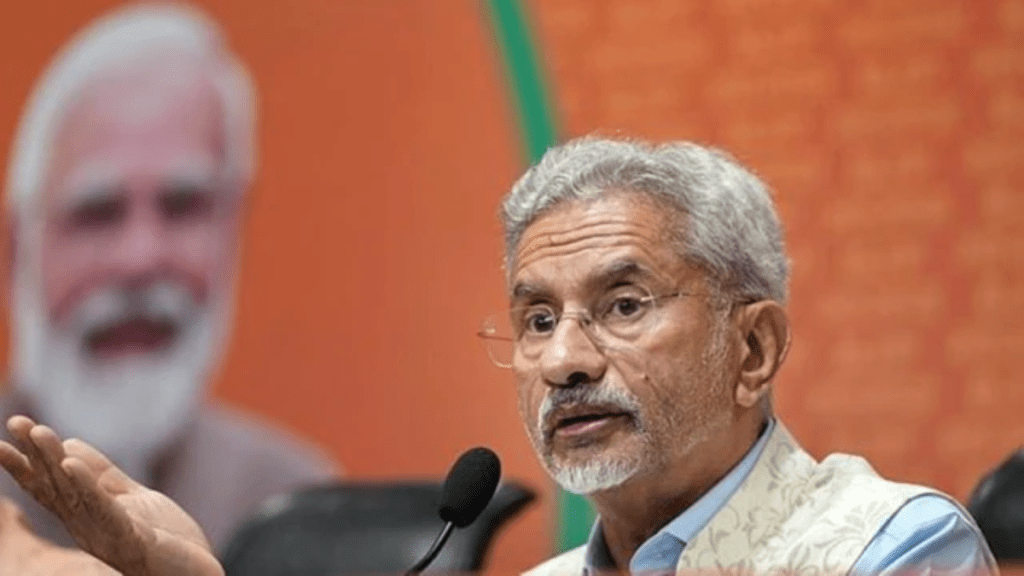The Indian government’s budget allocation for the Ministry of External Affairs (MEA) for the fiscal year 2024-2025 introduces significant changes in foreign aid distribution, focusing on enhanced support for Nepal, Sri Lanka, and Seychelles while reducing aid to other neighbouring nations.
Increased Allocations: Nepal, Sri Lanka, and Seychelles
Nepal: has emerged as a major beneficiary with a budget increase to Rs 700 crore, a rise of Rs 150 crore from the revised allocation of Rs 650 crore in the previous fiscal year. This boost is aimed at supporting key infrastructure and development projects, highlighting India’s strategic interest in strengthening its partnership with Nepal.
Sri Lanka: also receives a notable increase, with its allocation rising to Rs 245 crore from Rs 150 crore last year. This boost comes as Sri Lanka continues its economic recovery, with India’s support playing a crucial role. The increase complements the $4 billion aid previously provided by India, reflecting ongoing solidarity with Sri Lanka’s economic challenges.
Seychelles: sees an increment to Rs 40 crore from Rs 10 crore, though the increase is modest. This adjustment signifies India’s commitment to maintaining robust ties with the Indian Ocean Island nation and supporting regional stability.
Steady Allocations: Afghanistan and Maldives
Afghanistan and the Maldives: maintain their budget allocations at Rs 200 crore and Rs 400 crore, respectively. India’s aid to Afghanistan remains consistent despite political uncertainties, reflecting a commitment to humanitarian support. Recent assistance includes wheat shipments to address food security. The Maldives also continues to benefit from steady support, with an increased allocation in the revised budget for infrastructure projects.
Decreased Allocations: Bhutan, Myanmar, and Others
In contrast, Bhutan and Myanmar: face reductions in their aid. Bhutan’s allocation has decreased significantly by Rs 332.02 crore, though it still receives the largest share of Rs 2068.56 crore. The reduction in aid to Bhutan is offset by substantial development support announced during Prime Minister Modi’s visit earlier this year, which includes a Rs 10,000 crore commitment for various projects.
Myanmar’s aid has been cut by Rs 150 crore, reducing its budget to Rs 250 crore. This decrease follows a period of increased support, reflecting a strategic shift in priorities. Bangladesh: also sees a reduction, with its allocation dropping to Rs 120 crore from Rs 200 crore, indicating a recalibration of aid based on previous utilization.
Mauritius and Mongolia also experience reductions, with Mauritius’ allocation reduced by Rs 90.79 crore to Rs 370 crore and Mongolia facing a slight cut.
Strategic Focus: Chabahar Port and Broader Development Goals
India continues to prioritize the Chabahar port project in Iran, maintaining an allocation of Rs 100 crore. This consistent funding underscores the port’s strategic role in facilitating trade with Central Asia and Afghanistan, circumventing regional geopolitical challenges.
The Union Budget for 2024-25 allocates a total of Rs 5,667 crore for development aid, including projects such as the construction of a monastery in Nepal’s Mustang region and Habibia School in Kabul. In Bangladesh, new computer and language labs will be established in schools, while Myanmar will see the creation of 50 new educational facilities.
India’s updated foreign aid strategy reflects a targeted approach, enhancing support where it is most impactful while adjusting allocations based on shifting needs and priorities. This recalibration aims to strengthen India’s diplomatic relations and support regional stability and development effectively.

